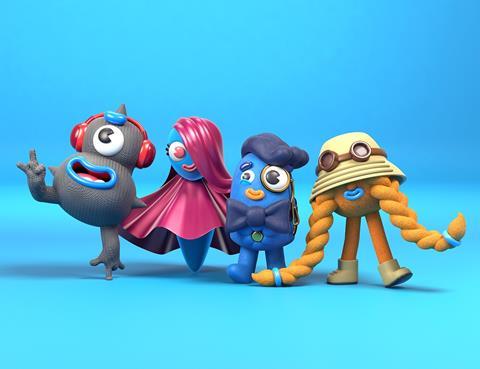
Textured coating solutions are increasingly enabling new dimensions in packaging design – and in turn, opening a world of branding possibilities.
Jovana Grubic, business development manager and Jacqueline Revet, global marketing manager for DSM Coating Resins discuss the opportunities present.
Today’s product and packaging design displays more visual diversity than ever – but with brands now struggling to differentiate themselves effectively, other sensory elements are still under-utilized. Indeed, focusing only on visuals could be to the disadvantage of many brand owners: studies have shown that engaging multiple senses can increase brand impact by as much as 70%.
The missing touch
Tactile elements are a particularly under-appreciated aspect of packaging design – but can play a powerful role in building a strong brand. Indeed, touch is the second most important source of impressions after sight, penetrating our subconscious minds with many more impressions per second than hearing, smell, or taste. So, it’s no surprise that ‘haptic perception’ – exploring and identifying objects by how they feel to the touch – is a significant factor in consumers’ decision-making.
But touch doesn’t just make individual products more appealing to consumers; it also drives sales by helping brands build a recognizable personality. Textured finishing on products or their packaging can reflect the brand’s character – with silky textures conveying elegance or velvet finishes adding warmth. Indeed, some forward-thinking brands are already experimenting with haptic branding, such as luxury brands Stolichnaya Vodka, BMW, Royal Caribbean, and Truvia.

Adding character with coatings
A range of solutions exists to help brands achieve these tactile finishes on their packaging. By using the latest technologies, brands can ensure that their textured finishes are easy for printers and converters to apply, are effective on a broad variety of substrates, and can be used for a wide range of applications, including food packaging.
In particular, adding texture through the packaging’s coating in the form of an overprint varnish or top-coating – for any type of end-application – is increasingly popular. This application method offers easy handling and cost-efficiency – allowing retailers to easily personalize generic containers for high-production items. What’s more, by avoiding the need for extra material layers and additives, it enables monomaterial packaging that can be more easily recycled.
One solution that uses this technology is the series of haptic resins developed by materials manufacturer DSM Coating Resins. These resins – known as the Skins® – can deliver different textures to a wide range of packaging materials without compromising converters’ processing speeds. So far, four Skins® resins are available: a silky finish targeted at luxury cosmetics, a rubbery texture that adds grip and style to tech products, a velvet finish to add class to luxury products, and a sandy-feel resin that adds a memorable gritty texture.
The future is haptic
With the COVID-19 pandemic limiting our physical contact with others, hunger for touch will increase tremendously, as studies such as Harry Harlow’s monkey experiments have shown all too well. Combined with innovations like the Skins® already changing the face of packaging, it looks like haptic differentiation will remain a key packaging design feature. Indeed, a world of possibilities still lies ahead – eventually, each brand might even have its own recognizable texture that aligns with its target consumers, just as with brand colors and logos. Above all, ongoing development, such as the unification of packaging materials, is paving the way for these haptic coatings to be more sustainable and easier for formulators, printers, and converters to deliver – unlocking a world of opportunities for tomorrow’s brand owners.















